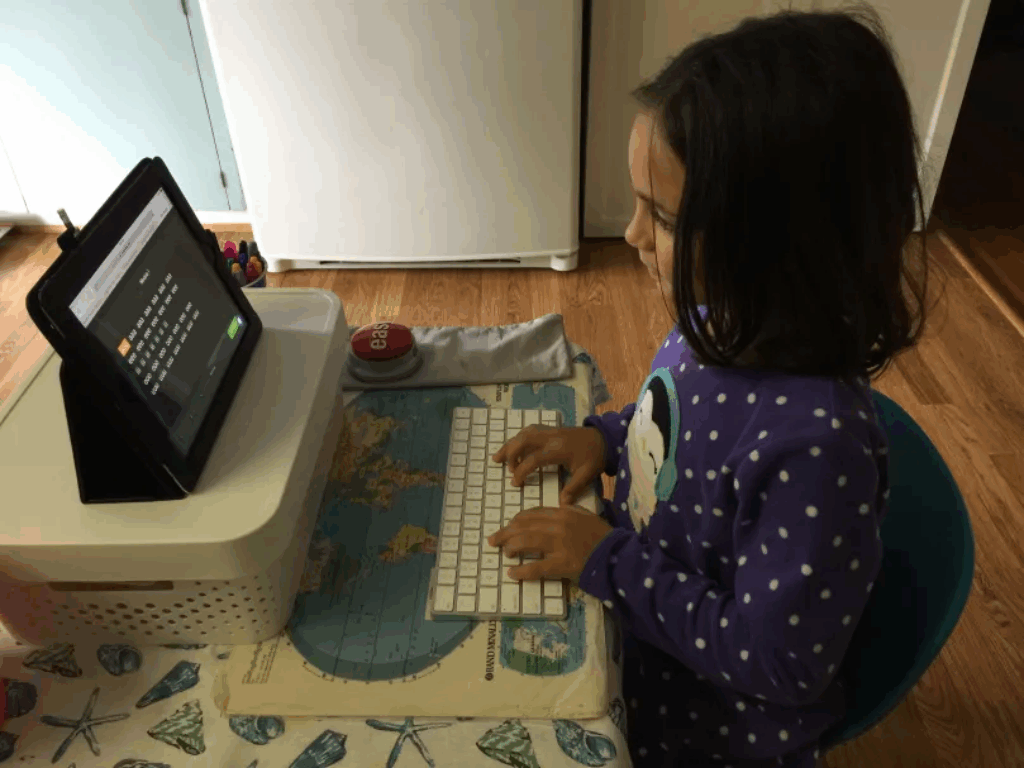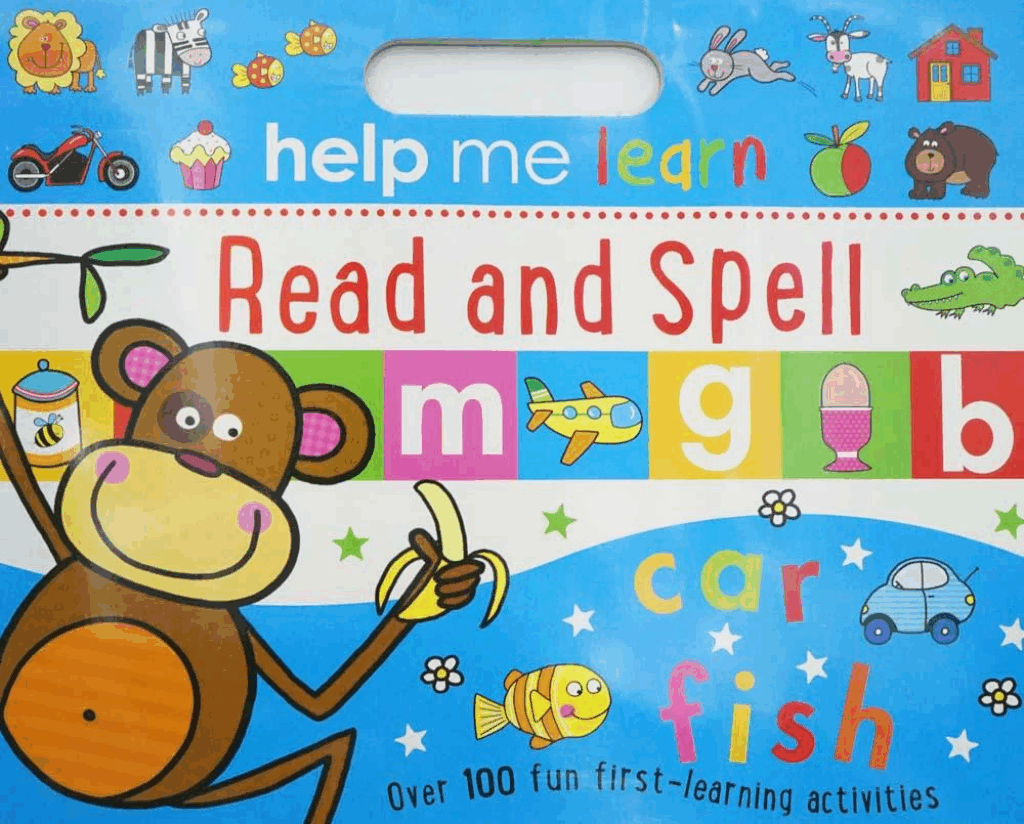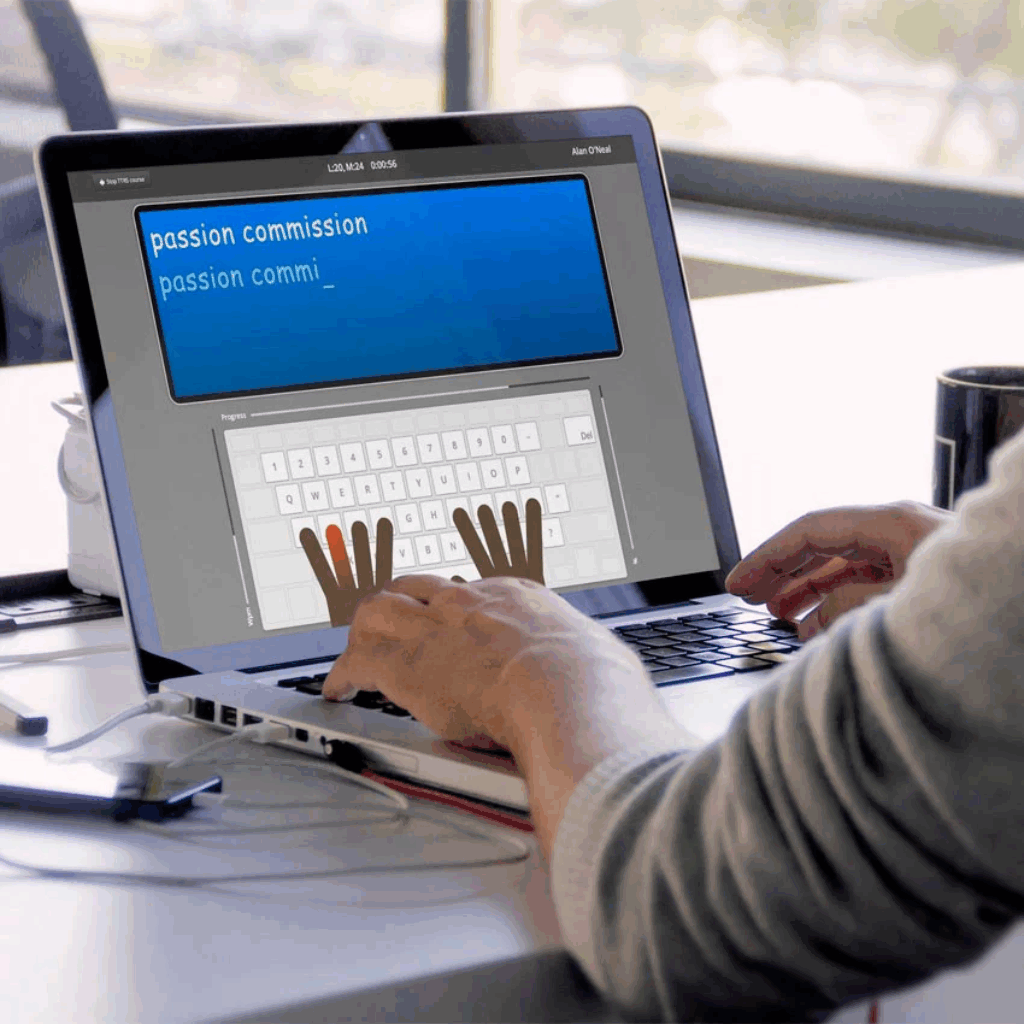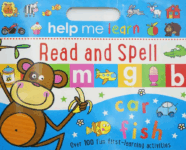Pros & Cons
| Pros | Cons |
|---|---|
| Combines typing, reading, and spelling practice | Needs regular practice to see results |
| Evidence-based, Orton-Gillingham structured | Less engaging for kids who prefer game-style apps |
| Effective for dyslexia, ADHD, autism, dyspraxia | Works best on desktop/laptop, not phones |
| Progress tracking with clear reports | Subscription can feel pricey without discount |
| Accredited (CPD, Duke of Edinburgh Skills AAP) | Offline access limited (iPad app only) |
| 30-day refund guarantee | Requires parent/tutor involvement for younger kids |

First Look: Why I Tried Touch-Type Read and Spell
As a parent and blogger who reviews educational tools, I’ve seen my fair share of typing apps, phonics programs, and “quick-fix” literacy solutions. Most are either too childish, too complex, or simply don’t deliver results.
When I first heard about Touch-Type Read and Spell (TTRS), what caught my attention was its reputation. Unlike a random app, this program is rooted in the Orton-Gillingham method, a structured, multisensory approach widely respected in literacy intervention for dyslexia. Add to that its CPD accreditation and endorsement as a Duke of Edinburgh Skills Award program, and I knew this wasn’t just another flashy product.
So I decided to test it myself.
How the Program Works
The design is simple yet clever. Each lesson follows a three-step cycle:
- Hear the word (auditory learning).
- See the word (visual reinforcement).
- Type the word (kinesthetic practice).
This multisensory approach is backed by research: engaging multiple senses strengthens memory and learning pathways.
The course itself is divided into 24 levels with 31 modules per level, covering thousands of words. Lessons are short and manageable—perfect for kids who get overwhelmed by long study sessions. Progress builds gradually, so even struggling learners can experience small wins.

Real-World Use: My Experience
Logging in for the first time, I appreciated the clean interface. No distracting ads, no gimmicky rewards. My child, who has dyslexia, immediately noticed the difference compared to other apps: “It doesn’t look like it’s for babies.”
Within days, I could see improvement. Typing accuracy started to rise, and spelling mistakes became less frequent. More importantly, my child’s confidence grew. He wasn’t embarrassed to practice because TTRS feels like a real typing program—not a remedial tool.
For myself, I tried several lessons to get a feel. Even as an adult, I found it useful for improving speed and accuracy. The repetitive but structured approach worked better than I expected.
Who Benefits Most
Through research and personal use, I’d say TTRS is best for three groups:
- Parents of children with dyslexia or ADHD
They want a credible tool that won’t feel childish, but still provides structure. The reporting dashboard makes it easy to track progress and reassure both parent and child. - Teens and adults
For learners who missed out on strong spelling foundations, TTRS offers a judgment-free way to improve. Adults especially like that it doesn’t feel like a kid’s app. - Tutors and educators
With customization options, robust reporting, and evidence-based methods, TTRS serves as a professional tool. The endorsements give credibility when recommending it to parents or schools.
Strengths That Stand Out
- Structure and Progression – No information overload. Lessons are bite-sized, but consistent.
- Multisensory Method – Hearing + seeing + typing locks words in memory.
- Credibility – Orton-Gillingham foundation, CPD accreditation, Duke of Edinburgh endorsement.
- Flexibility – Adjustable fonts, colors, voices (UK/US), and accessibility settings.
- Risk-Free Trial – A 30-day money-back guarantee makes it easy to test without commitment.
Limitations to Consider
No program is perfect. TTRS is not flashy. If your child needs cartoons, sound effects, or gamified rewards, this might feel plain. But in my view, that’s also its strength—less distraction, more focus.
The price can be another barrier. Subscriptions add up, especially if you’re on a tight budget. That’s why I strongly recommend using a discount link (see below).
Trial & Discount
Here’s where things get easy. TTRS offers a 30-day refund guarantee. If you don’t see progress, you get your money back—no questions asked.
And right now, you can sign up for the Home Course at a discount through this link:
👉 Try Touch-Type Read and Spell with a Discount
This makes it far more affordable than paying the full site price. For families or tutors testing the waters, this deal lowers the risk even more.
Final Verdict

Touch-Type Read and Spell isn’t just another typing program—it’s a literacy tool backed by research.
For kids with dyslexia, ADHD, or spelling struggles, it builds confidence without feeling remedial. For teens and adults, it offers a second chance at mastering typing and spelling. For tutors, it’s credible, customizable, and trackable.
The design is plain, but that’s what makes it work. No noise. Just structured progress. And with the 30-day refund guarantee plus the discount link, there’s no reason not to try it.
👉 Start your discounted trial today.









